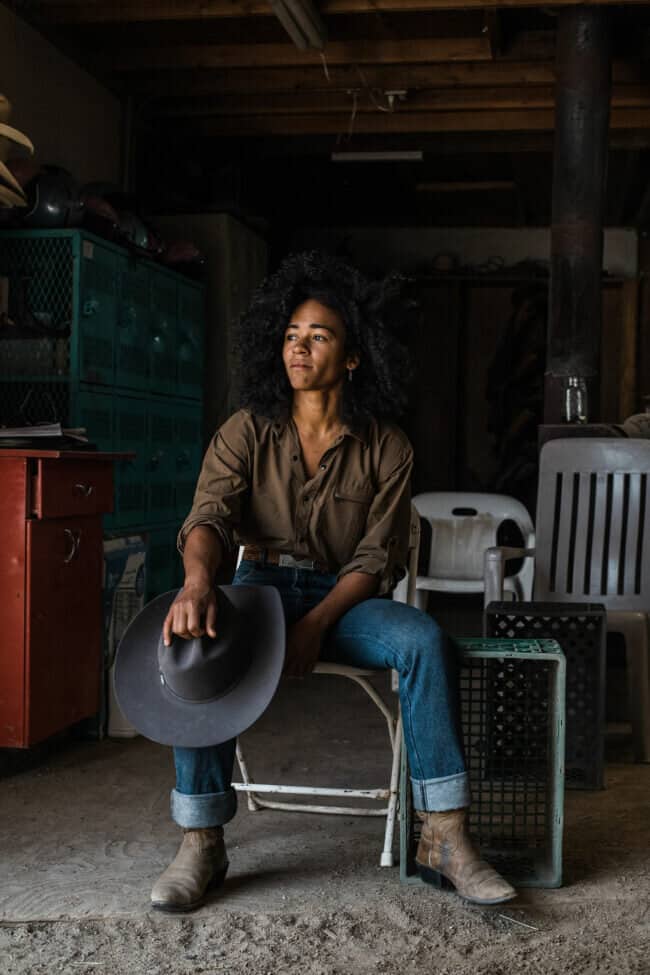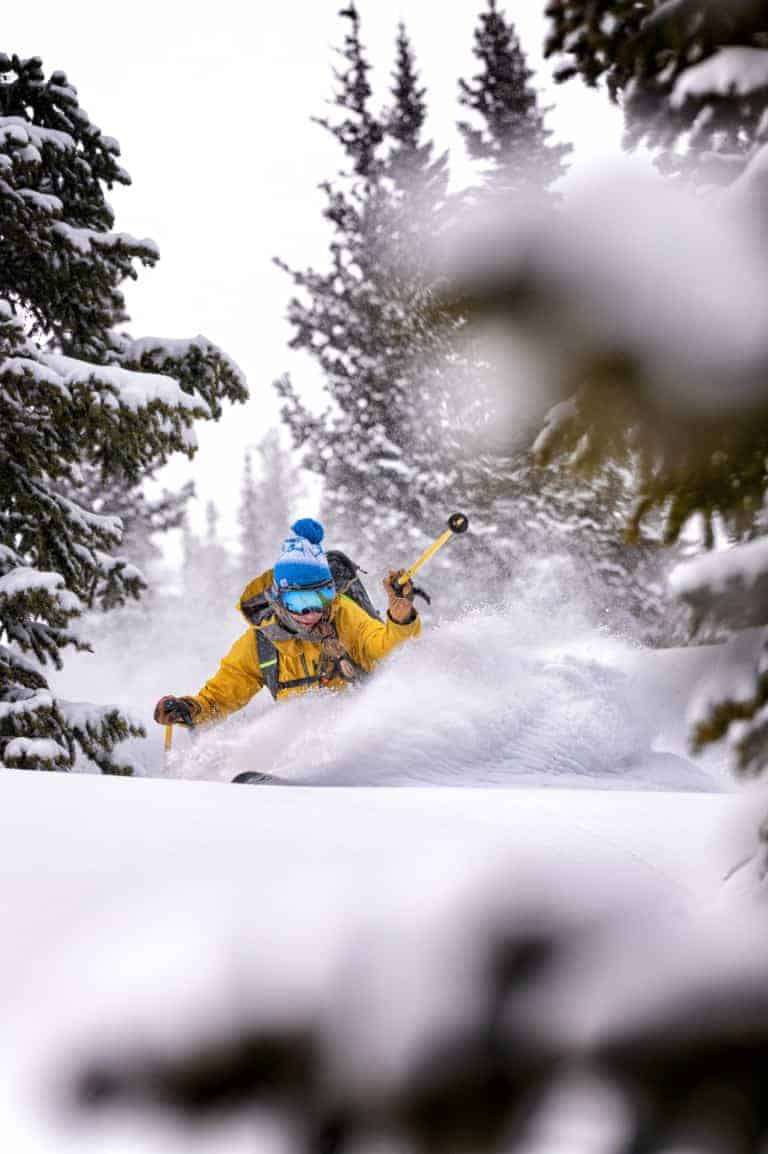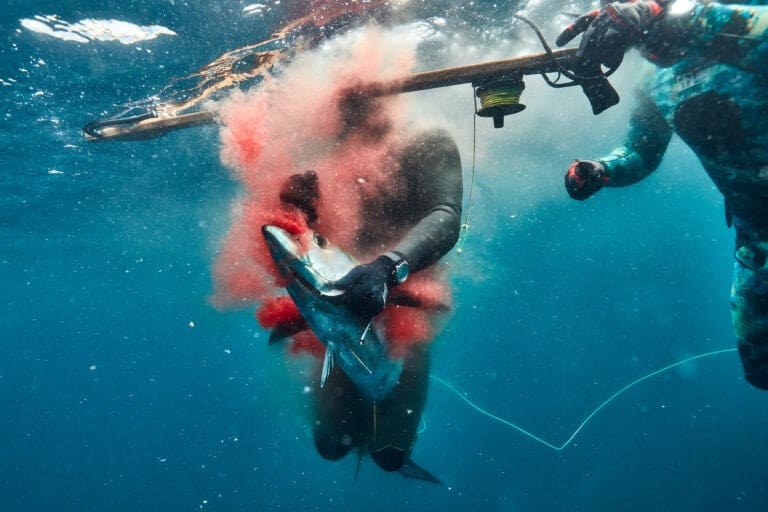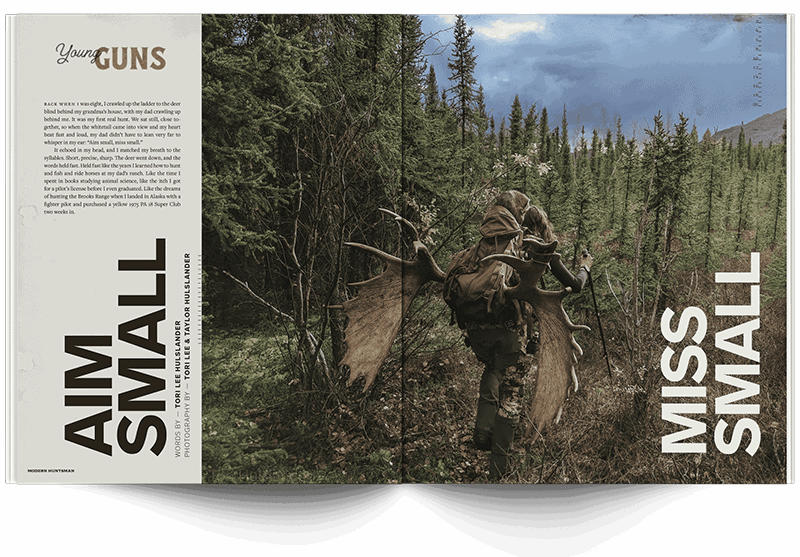Congratulations on being named Field Outrider Creative Competition Portraiture category winner! Tell us more about this portrait series and why it has been important?
Sofia: This image is from a photo story I shot for Stetson. This series is important to me because both myself and the model, Emilé Zynobia, wanted to create imagery that challenged the traditional notion of what a cowgirl is and who should be included in the narrative of the American West. Emile is a Jamaican-American cowgirl. She grew up riding horses and first learned to ride at Puzzle Creek Ranch in Wilson, Wyoming. Black cowboys are rarely included in the oral and written stories of the west. With these images, we want to rewrite that cultural script.
How has your love for the outdoors grown and how have you used your photography to change the narrative about representation in the outdoors?
I grew up partially in a small mountain town called Ketchum, Idaho (a.k.a Sun Valley) with my dad. My parents split when I was very young. When I was with my dad, he would put me in various outdoor sports camps and teams while he was working. During the winters, I spent most of my days in Ketchum on Baldy Mountain with the Sun Valley ski team. In all of the outdoor sports I did, I always felt a little bit like an outsider. The population in Ketchum is mainly wealthy caucasian folx. Besides my dad, there were very few skiers of color that I saw on the ski hill. The people I looked up to in the ski industry were mainly white women and I just didn’t see myself in them or in my peers. The experience of growing up in Ketchum as a Latina inspires the direction of my work today.
I want to make
